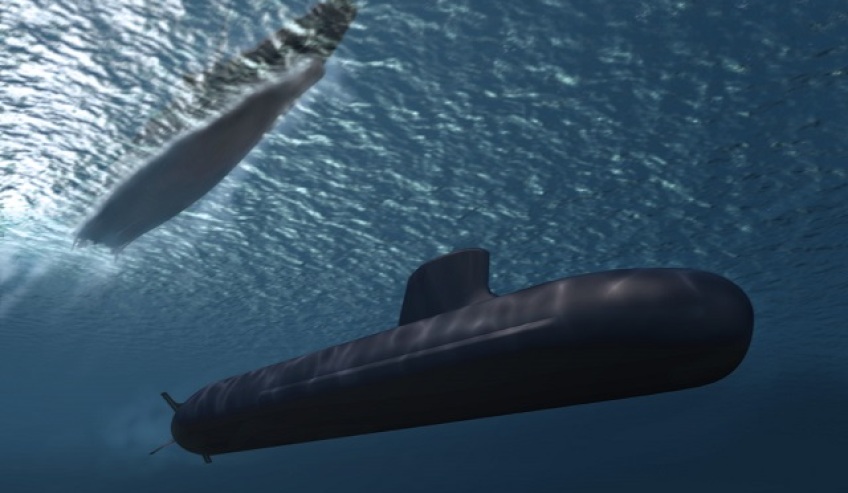Thales is the self-proclaimed “world leader in sonar” for ships and submarines and has some unique capabilities to offer for Australia’s new Hunter Class frigates.
Thales capture lead for project SEA 5000 David Eyles said the BAE Systems Type 26 frigate was built from the Type 23, one of the most advanced anti-submarine warfare (ASW) frigates in the world and would provide a great capability for the Royal Australian Navy.
Type 26 would feature the Thales 2087 low frequency variable depth towed array sonar, a very advanced piece of equipment used by the Royal Navy.
Thales is now in negotiations with BAE Systems Australia on its in role in the construction of the nine new warships.
“We are the world leader in sonar across the world. We have some unique capabilities there,” Eyles said in an interview with Defence Connect.
“We’ve also been able to leverage our work in submarines and our knowledge that we’ve developed around the underwater environment to really provide some kit that that is quite technologically advanced and shown by the work in the Thales 2087.”
Eyles said that would give the Australian Navy a real step change in capability and take them into a realm of underwater operations that they haven't seen for a very long time.
He said Thales had travelled around Australia talking with small to medium sized enterprises (SMEs) the opportunities of SEA 5000.
“There's some great capability in Australia and this program will really open that opportunity for them not only to feed into SEA 5000, but into the global supply chain that Thales has,” he said.
“It really is about building that sovereign capability, not only in Australian programs but opening up global opportunities as well.”
Eyles said they were really excited for the contract negotiations to come to a conclusion, so they could get into the real work early next year.
“We’ll be looking [at] how we build the big picture and provide that onboard integration to make sure that the RAN has the best picture of the underwater environment they possibly can have and hopefully reduce that advantage that the submarine has,” he said.
Eyles said their plan wasn’t to expand Thales for their work on SEA 5000.
“Our plan is not to significantly grow as Thales. Our plan is to really leverage on Australian industry and supply chain, as we’ve done previously,” he said.
“Our CEO, Chris Jenkins, is quite comfortable with the size of Thales. So, it really is, as we’ve done in Bushmaster and Hawkeye, to leverage on Australian SMEs to provide that capability.”


